Understanding Neurodiversity – Why It Matters in Education
Neurodiversity is more than just a buzzword—it’s a shift in how we view and support students in the classroom. Whether you’re a seasoned educator or just beginning your teaching journey, understanding neurodiversity can transform how you teach, engage, and support your students. Let’s break it down and explore why it matters in education.

What Is Neurodiversity?
Neurodiversity is the concept that differences in brain function and behavioral traits are natural variations of the human experience, not deficits to be fixed. This includes conditions such as autism, ADHD, dyslexia, dyspraxia, and more. Instead of seeing these as limitations, the neurodiversity movement encourages us to recognize and leverage these differences as strengths.
Why It’s Important in Education
Every classroom is filled with students who learn, think, and process information differently. By embracing neurodiversity, educators create inclusive environments that foster creativity, problem-solving, and innovation for all students. A neurodiverse-friendly approach to education ensures that every student gets the support they need to succeed.
Common Misconceptions About Neurodivergent Students
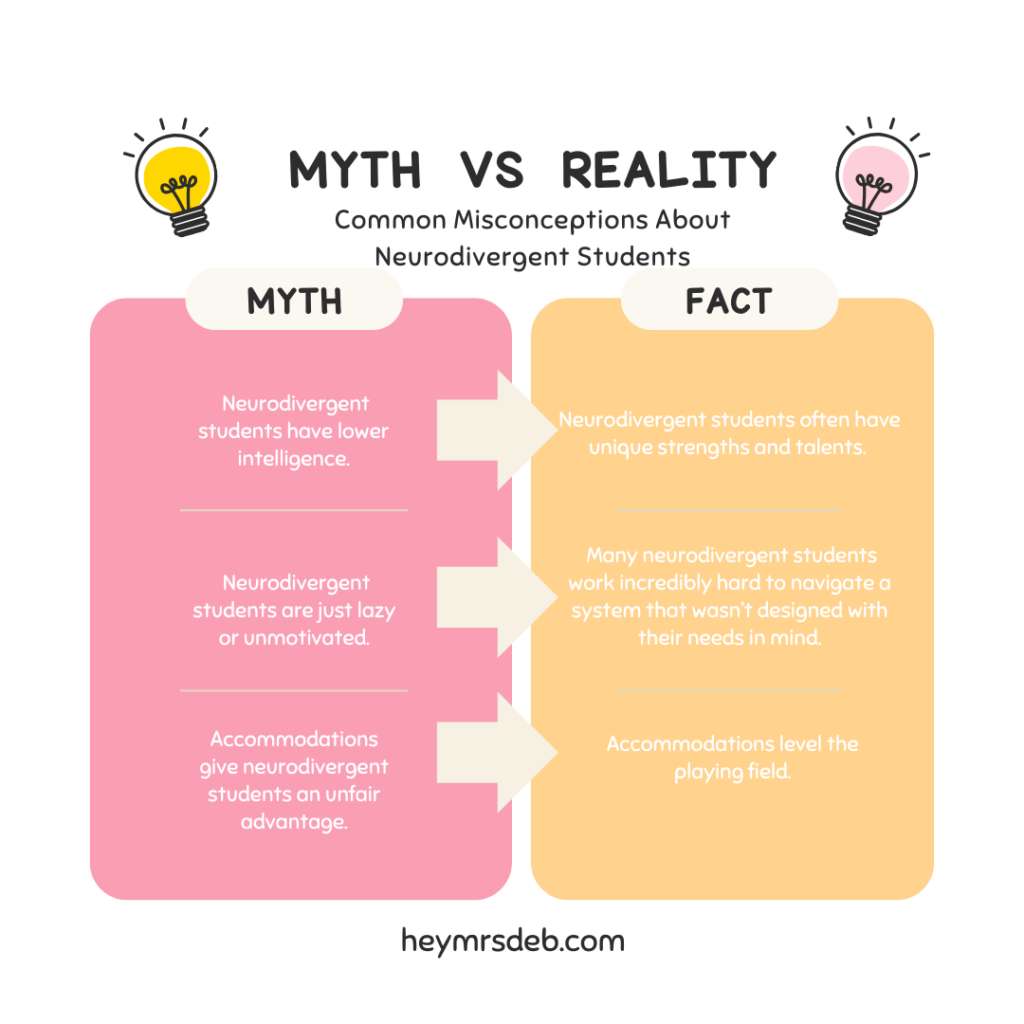
Despite growing awareness, there are still many misconceptions about neurodivergent students. Let’s debunk a few:
- Myth #1: Neurodivergent students have lower intelligence.
- Truth: Neurodivergent students often have unique strengths and talents. Some excel in areas like math, music, art, or technology, even if they struggle with traditional learning methods.
- Myth #2: Neurodivergent students are just lazy or unmotivated.
- Truth: Many neurodivergent students work incredibly hard to navigate a system that wasn’t designed with their needs in mind. Motivation isn’t the issue—accessibility is.
- Myth #3: Accommodations give neurodivergent students an unfair advantage.
- Truth: Accommodations level the playing field. They ensure students can demonstrate their knowledge in ways that align with their cognitive strengths.
How Embracing Neurodiversity Benefits All Learners
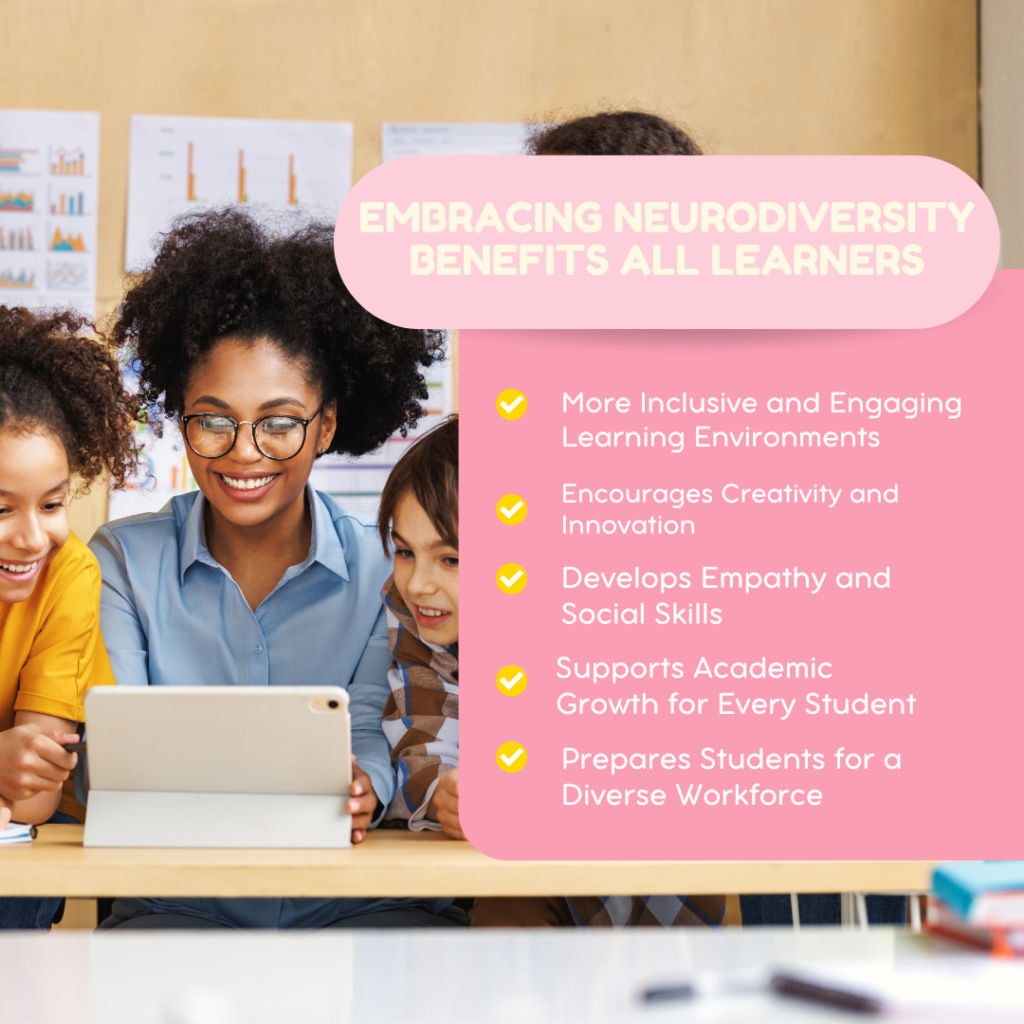
Creating an inclusive classroom isn’t just beneficial for neurodivergent students—it enhances learning for everyone. Here’s how:
- Universal Design for Learning (UDL): When educators implement strategies like flexible seating, alternative assessments, and multisensory learning, all students benefit.
- Encouraging Different Perspectives: Neurodivergent students often bring unique problem-solving skills and perspectives that enrich classroom discussions and collaborative projects.
- Fostering a Growth Mindset: Teaching students that diverse ways of thinking are valuable helps create an environment where everyone feels seen, heard, and empowered.
🎁 Free Resource for Educators
Want to dive deeper into creating a neurodiverse-friendly classroom? 📩 Download your FREE guide: “Neurodiversity in the Classroom: A Teacher’s Guide”!
This resource is packed with practical strategies, accommodation ideas, and tools to help educators create more inclusive learning environments.
Recommended Reading 📚
Expand your knowledge with these must-read books on neurodiversity:
NeuroTribes: The Legacy of Autism and the Future of Neurodiversity
The Power of Neurodiversity: Unleashing the Advantages of Your Differently Wired Brain
(As an Amazon Associate, I earn from qualifying purchases.)
Take Action Today! 🚀
Want to create a classroom where all students thrive?
✅ Get free resources and training opportunities at HeyMrsDeb.com!

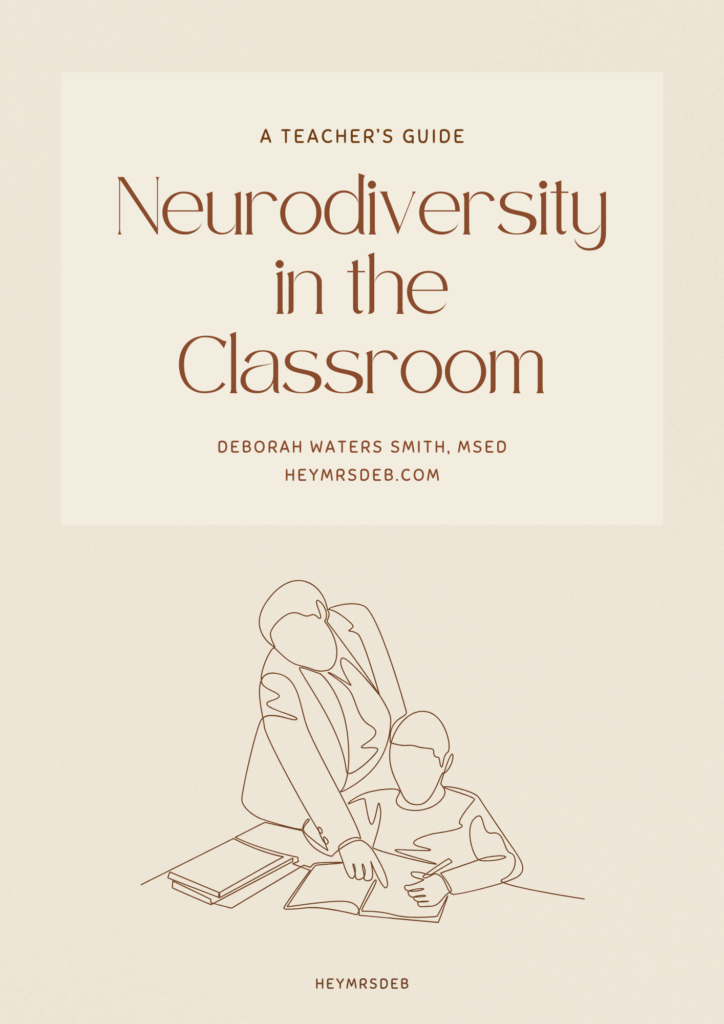
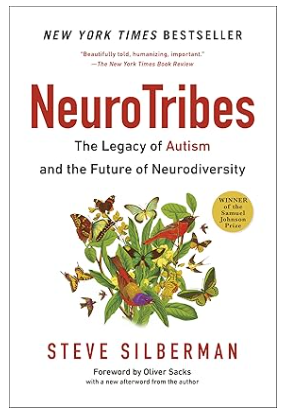
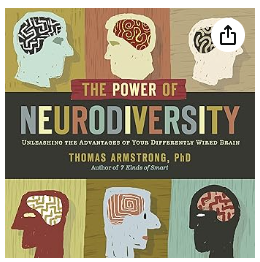


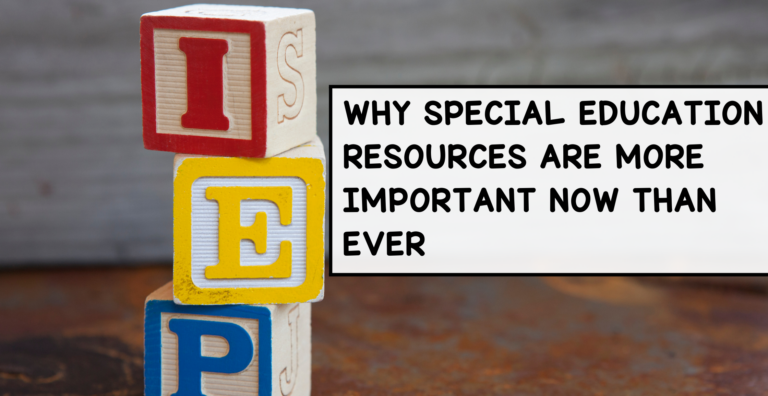
One Comment
Comments are closed.